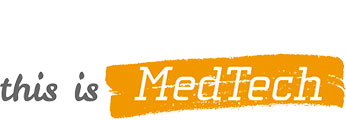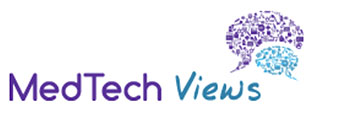MedTech Europe urges for more immediate actions to tackle AMR
Posted on 12.06.2023

The medical technology industry welcomes the proposal for Council Recommendations on Antimicrobial Resistance (AMR) and the Parliament’s Motion for a Resolution to Combat AMR. A coordinated European approach is vital to addressing this complex health challenge, and the medical technology industry is proud to play a key role in the fight against AMR – from prevention to control.
While the co-legislator’s recommendation and resolution are a step in the right direction, more can and needs to be done to tackle AMR now. Attention should be given to measures that prevent, detect, and manage infections and resistance. Medical technology tools and software that support such measures exist and, more importantly, are immediately available. MedTech Europe calls for a holistic approach that embraces and strengthens the role of such tools to combat AMR. We propose 5 concrete ways to do so:
- Beyond new antibiotics: The proposed Council Recommendations and the Parliament’s Motion for a Resolution focus primarily on the potential of new antibiotics to address AMR. This scope is too narrow. The clinical pipeline of novel antibiotics is a central component of the response to AMR, but it will take time until new medicines reach patients. In this critical waiting period, the role of medical technologies across the AMR pathway – from prevention to control – must be recognised and bolstered. At the same time, actions on research and innovation should be broader in scope and include medical technology solutions.
- Infection prevention & control: Prevention is key to protecting patients, communities, and health systems. Infection control must be reinforced by stricter adherence to clinical protocols. Clear KPIs must be set, regularly measured, and published to ensure commitment of all stakeholders in the fight against AMR. Prevention in out-of-hospital settings should also be highlighted, including primary care, where most antibiotics are prescribed, as well as dental practices, aesthetic medicine clinics and other community health facilities. Where there are patients and service users, we must incentivise and prioritise prevention.
- Surveillance: The role of surveillance should be emphasised, with stronger attention to screening and monitoring as part of a One Health approach. Use of diagnostic tests and clinical surveillance at single point of care should be stressed and adequately funded. Softwares can bring together data from various hospital systems, helping clinicians to monitor infection, detect pathogens, comply with reporting protocol, and prescribing practices. This contributes to good antimicrobial stewardship, supporting targeted and timely interventions that improve patient outcomes.
- Diagnostic testing: Prudent prescribing decisions must be informed by diagnostic information; in hospital settings, identifying resistance that threatens patient safety must also be a focus. Molecular diagnostic testing can also indicate whether bacteria are drug resistant, thus supporting clinicians in selecting the right treatment. Prescribing decisions are made in a variety of health settings, including in primary care. Access to, and uptake of, diagnostics across the health system are essential to effective patient management and appropriate use of antibiotics.
- Integrated approaches: Shared solutions to the AMR challenge will require EU-wide, and international, collaboration. This will mean greater harmonisation between Member States’ national plans on AMR to ensure a common approach on what to measure and how to determine success.
The Council Recommendations and the Parliament’s Motion for a Resolution can be a catalyst for action. MedTech Europe calls on policymakers to take a broader, more balanced approach that leverages multi-stakeholder collaboration, and that harnesses the medical technology solutions that are already contributing to combatting this pressing health challenge as well as future medical innovations. In this urgent collective drive to combat AMR, we must use the technologies we have today, while investing in innovations that may deliver the solutions of tomorrow.


